The Big Review: Fender Tom DeLonge Stratocaster – unsubtle, unapologetic, and unbelievably good fun
The Blink-182 man’s short-lived 2002 signature model gets the reissue it has long deserved 20 years later – but why are they making a guitar the man himself doesn’t play any more?
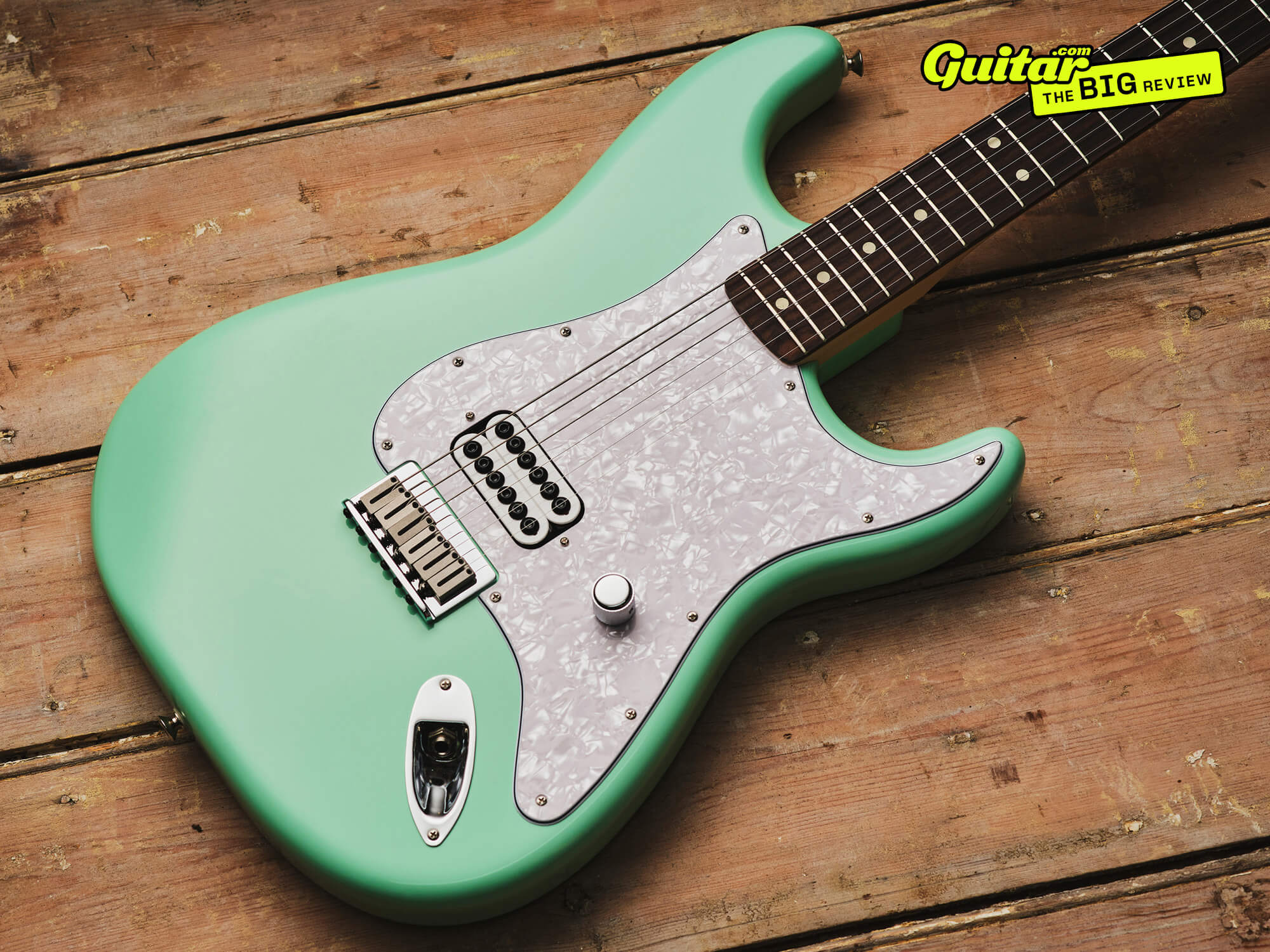
Fender Tom DeLonge Stratocaster. Image: Adam Gasson
Review Overview
Our rating
7
Our verdict
$1,299/£1,299, fender.com
The Fender Tom DeLonge Stratocaster is a strange bird in the world of signature guitars, so before we get into the bones of this review, it’s probably worth telling the story of this guitar and its slightly odd but important place in the Fender canon.
The original version of this guitar was launched in 2002 and was designed to replicate the guitars that the Blink-182 man had primarily used throughout the band’s rise from the SoCal punk scene to global phenomenon – namely Custom Colour Strats with hardtail bridges, one angry humbucker and a single volume control. There was just one problem.
See, by the time these guitars were hitting the streets, DeLonge had ditched the guitars that bore his name due to an issue with, well, perspective. As he told Guitar.com back in 2021, “I realised, ‘Well, fuck, this guitar looks like a violin on me.’ I’m six foot four.”
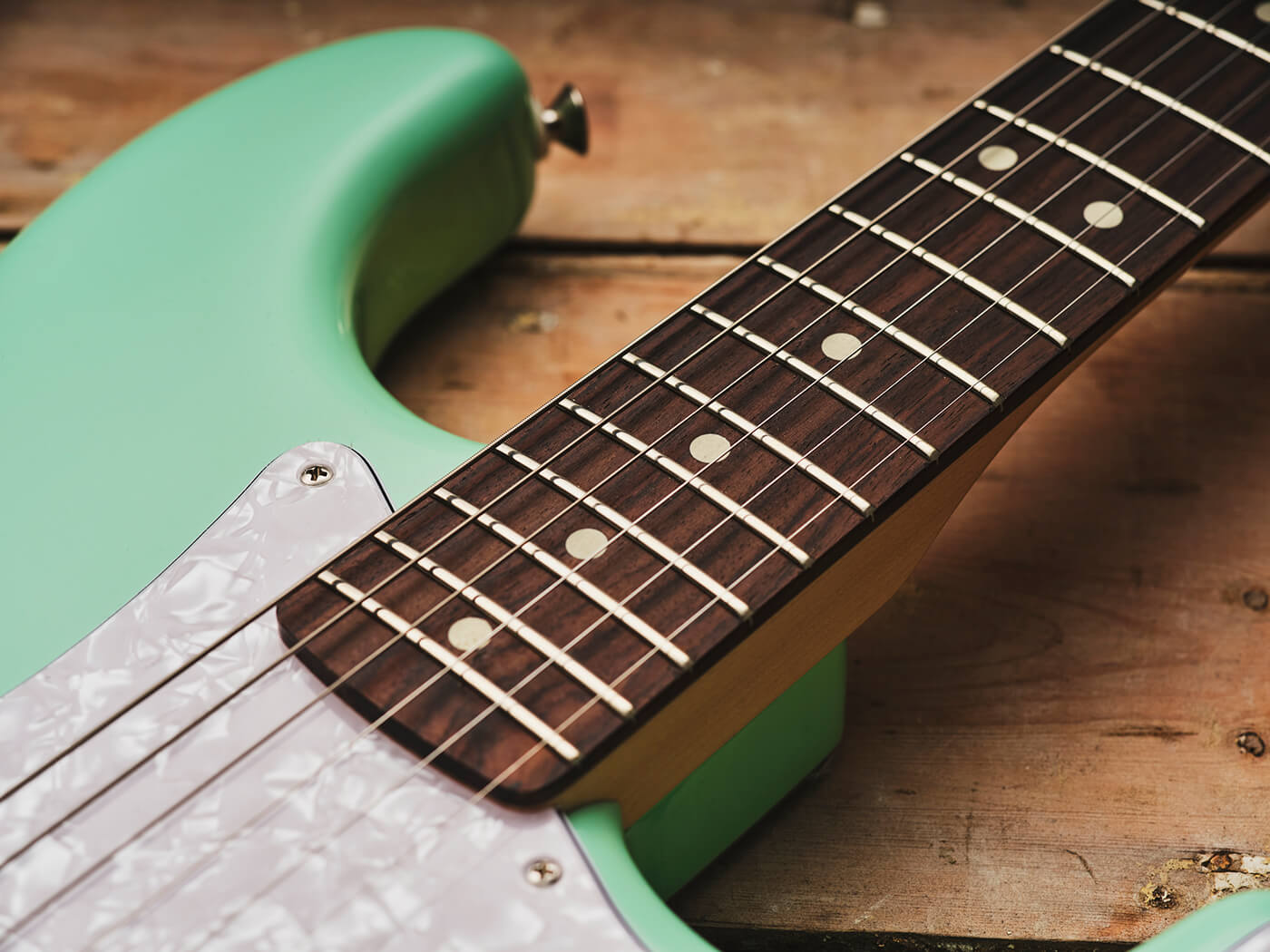
As a result, DeLonge began to turn towards Gibson semi-hollows – first a part-time 335 in angsty side-project Box Car Racer and then coming out with a signature model – the ES-333 Tom DeLonge – in 2003, which would become his primary guitar for the next two decades.
Unsurprisingly, this development led to the abrupt end of the poor, neglected Tom DeLonge Signature Strat in 2004, but that wasn’t the end of the story. While Blink have carried on (both with and without Tom) for much of the ensuing 19 years, most fans will agree that the Imperial Phase of Blink-182 straddles the 1999-2004 period, which happens to be the period when DeLonge was almost exclusively playing some version of a single-humbucker hardtail Strat. What’s more, people started realising that it wasn’t just Blink who were using something very similar to the DeLonge recipe at this time. Far from being just a guitar for Blink superfans, this is a guitar precision-engineered to provide 90s and 00s punk fans with the perfect no-frills guitar that rarely appeared in the Fender catalogue.
As a result, the ‘DeLonge Strat’ phenomenon has become a bit of a thing – both in terms of players modding their own guitars (some retailers will even sell you a ‘DeLonge mod’ wiring harness with a single 500k volume pot and an output jack), and in the rising value of bona fide DeLonge Strats from the 2002-2004 run. In fact, if you look on Reverb right now you’ll see these Mexican-made guitars – which cost around $500 bucks new – regularly changing hands for over four times as much.
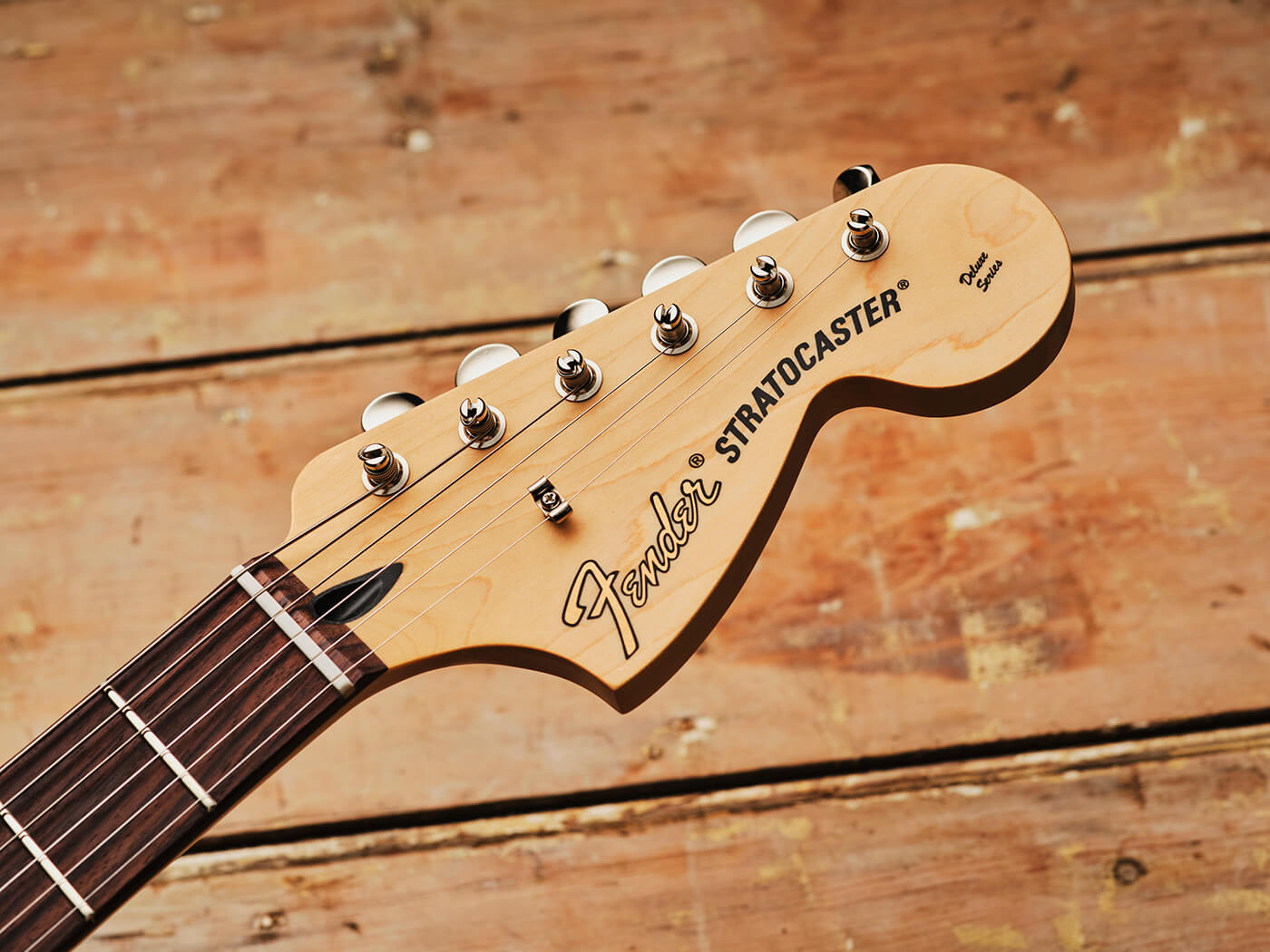
The New Era
All of which brings us back to 2023, and the brand spanking new Fender Limited Edition Tom DeLonge Stratocaster – a guitar made possible by a few things. Firstly, Blink are back in the headlines again – after finally reuniting with DeLonge at the end of 2022, the band have ascended into the ‘beloved punk dads with dick jokes’ realm of rock superstardom, as their two-year-long world tour, highly anticipated new album and Coachella headline slot evidence.
More importantly, perhaps, Tom embarked on a new era of Blink by getting back on board with Fender – debuting a brand new Starcaster-derived guitar (created by the Custom Shop’s Brian Thrasher) at that first reunion appearance at Coachella back in April. Those guitars (DeLonge has about half a dozen in different colours and out-of-this-world finishes that he’s been using on tour) pretty much broke the internet – Thrasher was bombarded with questions about production models on Instagram, people even started modding Squier Starcasters to create their own versions. It clearly took everyone by surprise.
Which does beg the question – why are we not currently reading the Guitar.com review of the Tom DeLonge signature Starcaster? Well it does seem that the enthusiasm for this guitar took Fender by surprise, but there’s probably a more boring reason for it – Fender doesn’t have a Starcaster in its range at the moment. In fact, the only Starcaster Fender has made since 1982 – the 2014 short-lived Modern Player revival – was made in China, where the current Squier Starcaster curios are also produced. Building a laminate-bodied semi-hollow is a very different process to pretty much everything else Fender does in the USA and Mexico, and so it would be a huge gamble to bring in all that expertise and tooling just for a single signature model of what has been an historically unpopular model in Fender’s history.
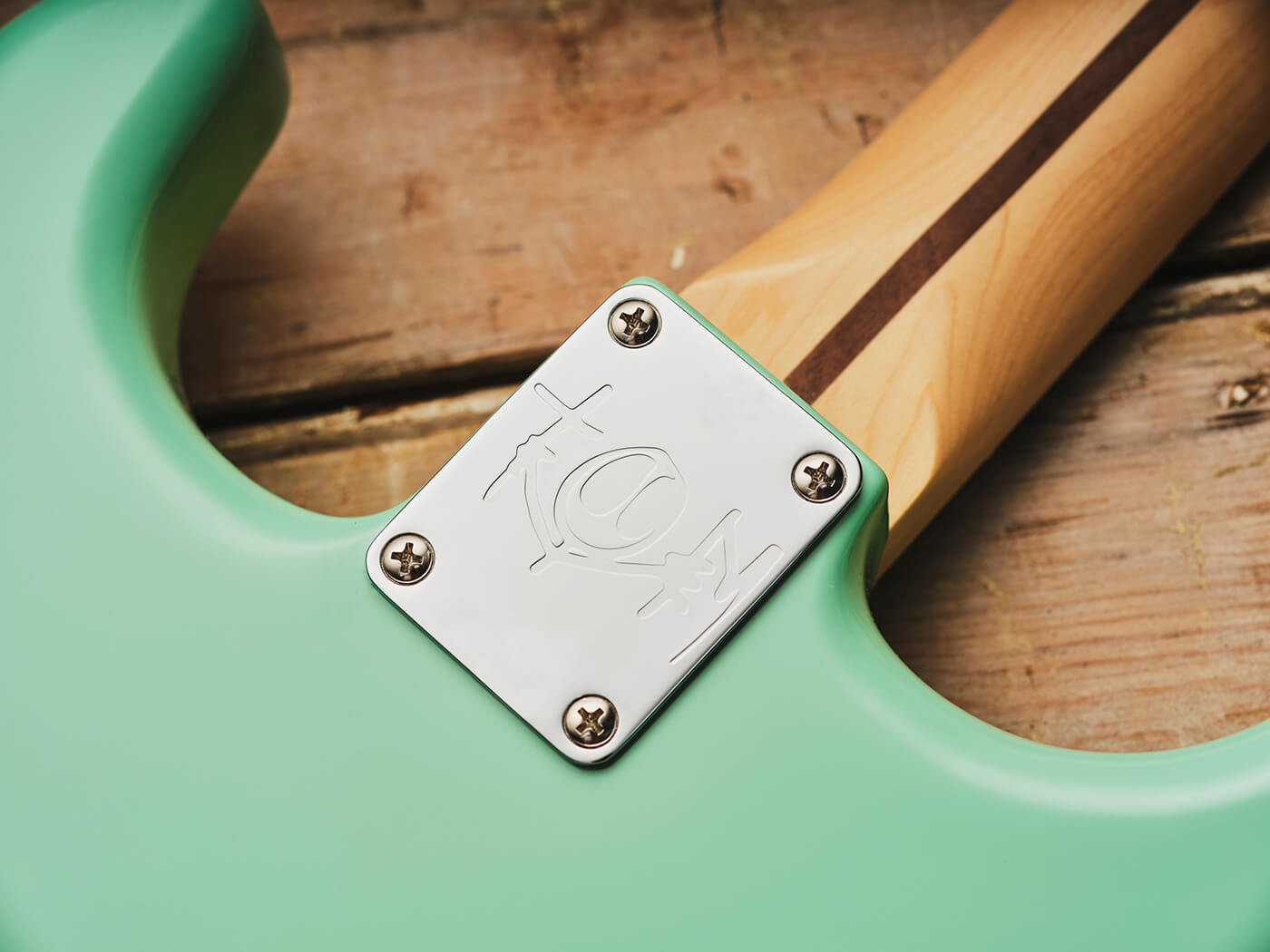
All of this means we probably shouldn’t get our hopes up for a DeLonge Starcaster any time soon, but it does help explain why Fender and DeLonge decided to take the more straightforward (and likely more universally appealing) route to what we have before us.
The 2023 DeLonge Strat is ostensibly a revival of the original, but there are some tweaks – the 2002 model’s bent-steel saddles have been replaced with heavy-duty block options, the neck’s finish has a satin finish instead of gloss, and the neckplate, which previously was stamped ‘TOM DELONGE’ in suitably industrial fashion is now engraved with a doodle courtesy of the man himself. Other than that, all the essential ingredients are here; alder body, four fun poly finishes, a single volume control (with treble bleed) and that all-important Seymour Duncan Invader humbucker, with its unmistakable oversized pole pieces. Let’s take off our pants and jack-in. Sorry.
In Use
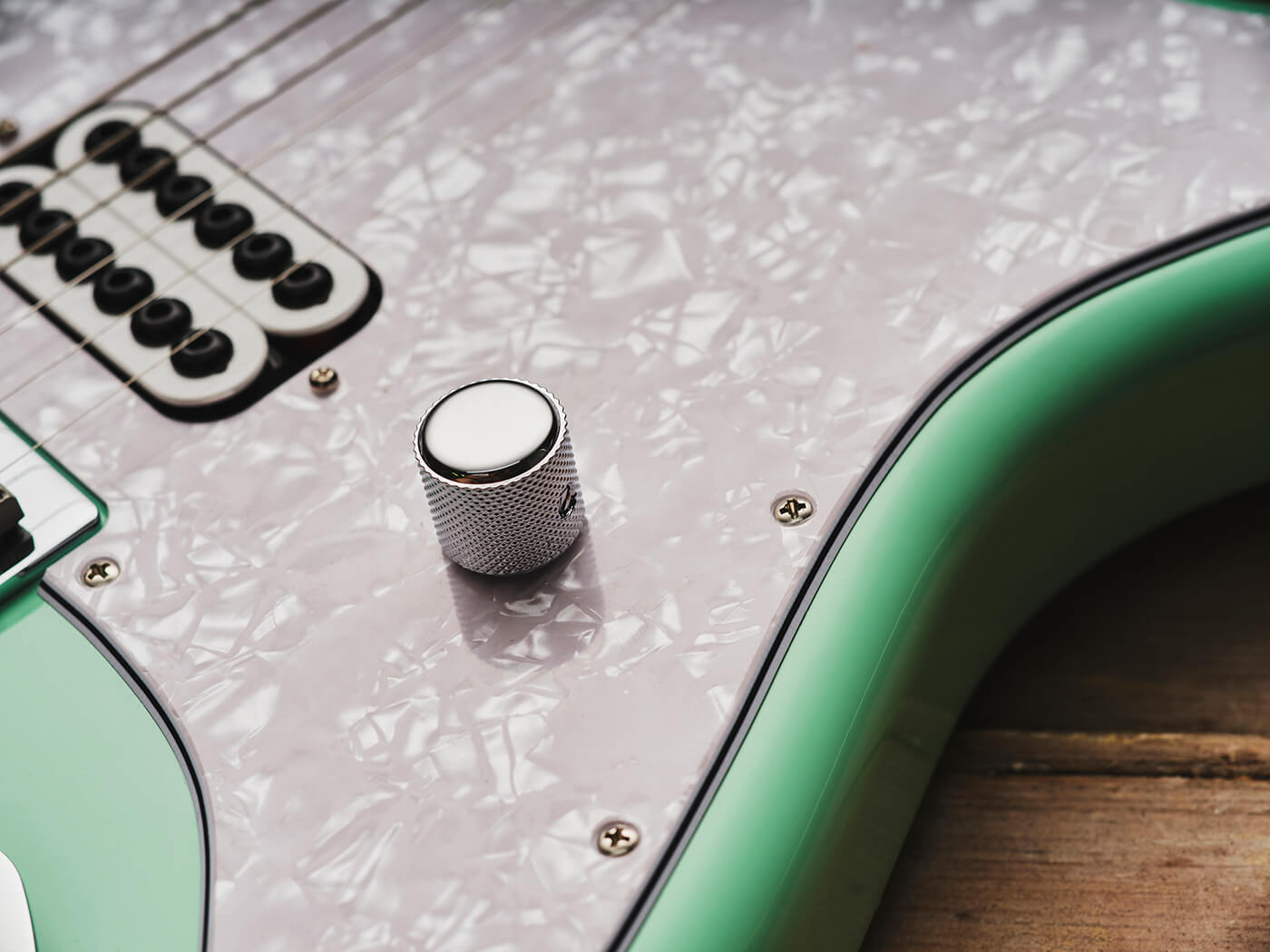
A criticism that’s often levelled at the Tom DeLonge Strat format is that it takes one of the most versatile instruments ever made and reduces it to an unsubtle weapon for delivering palm-muted powerchords. To which we’d respond – yeah, and? That sounds fucking awesome. There are quite literally dozens of Stratocasters in the Fender catalogue with three single coils – there are plenty that even bring humbuckers to the party. But there are exactly zero other Strats in the current line that offer you the brute simplicity of a single angry bridge humbucker.
And within mere minutes of plugging the DeLonge Strat in, it becomes apparent what we’ve all been missing out on for the last 20 years – namely big, huge, capital letters FUN. If the turn of the Millennium punk movement was in any way important to you, running this guitar through a suitably aggressive gain pedal will be an almost spiritual experience – transporting you right back to a time where the jeans were baggy, the jewellery was studded and the guitars were slung so low you’d give yourself backache just thinking about it right now. The matt finish to the neck makes it a more comfortable ride too, especially with the reliable appeal of the Modern C neck profile.
It’s not just a guitar for pop-punk revivalists either – as we mix it up with varying flavours of dirt, it strikes us that a fair old chunk of the very best guitar music of the 1990s was made by guitarists whose weapon of choice was some species of Fender-style guitar with most if not all of the guts ripped out of it, and a big angry humbucker in the bridge position; Billie Joe Armstrong, Rivers Cuomo and Kurt Cobain to name just three.
And it’s at this point we have to take our hat off to the Seymour Duncan Invader humbucker – a glorious bastard of a pickup that will eat up the gnarliest riffs and spit them out with such force and power you can’t help but grin. Is it the most versatile of beasts? Of course not, and despite the built-in treble bleed circuit doing an admirable job of cleaning things up without losing power as you roll the volume off, there’s no escaping the wiry and brittle nature of the instrument without any gain.
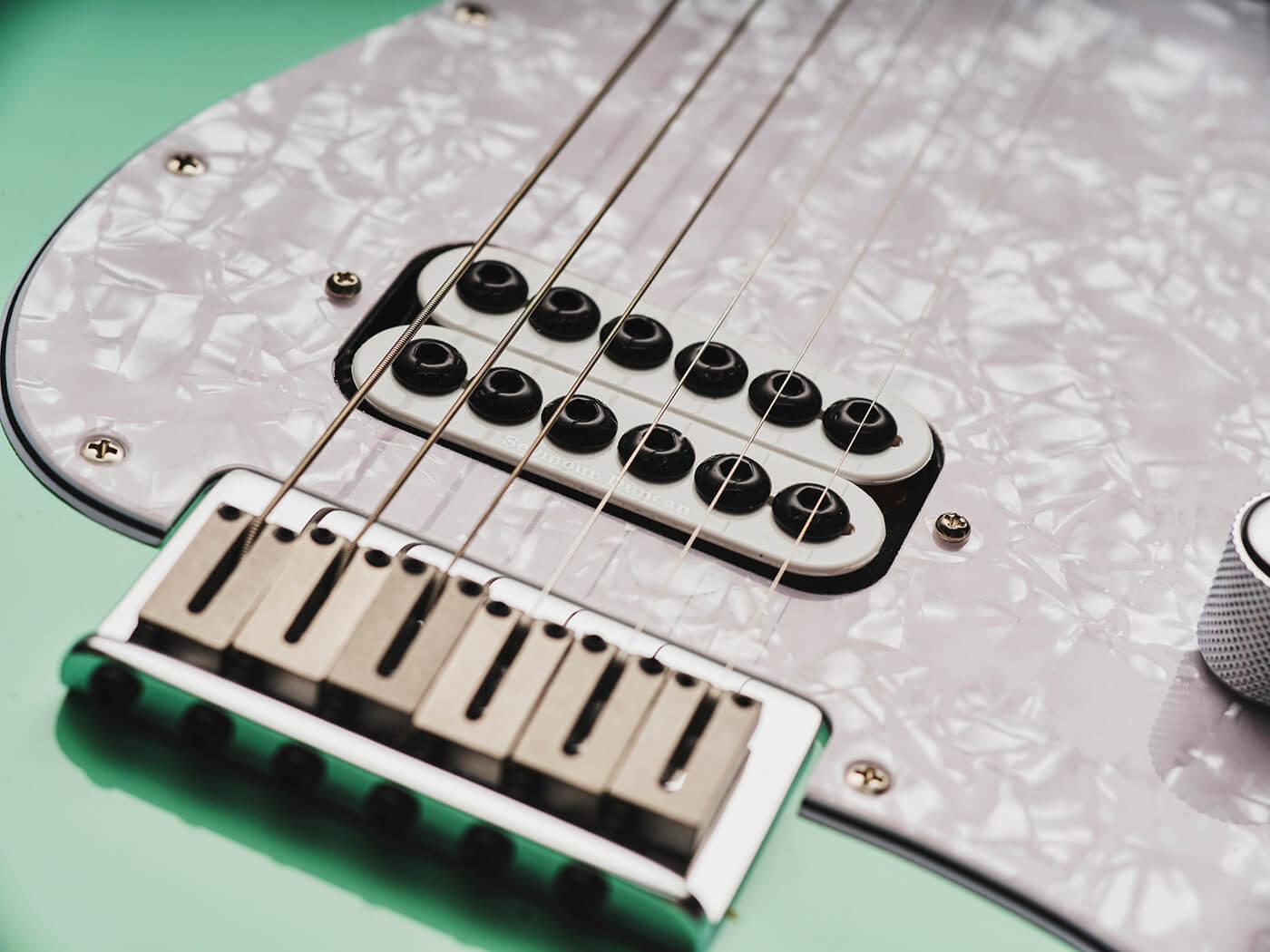
It might do in a pinch for the quiet bit of an otherwise loud song, but you’re not going to want to use this guitar as the bedrock for some crystalline ethereal soundscapes – this thing is built to rock and rock extremely hard.
But it also costs 1,400 bucks – and that’s the one part of this recipe that’s a little hard to digest. Over the last few years we’ve seen more of Fender’s artist model output switch to the Ensenada factory, but with prices well over a grand. Fender aren’t alone in inflating prices of supposedly ‘affordable’ artist guitars in recent years (looking at you, Epiphone!) but in this case the pricetag does feel a bit of a stretch.
After all, you’re paying nearly double the price of a basic Player Series Strat to have them rip out the trem and most of the electronics. The rosewood ’board over the Player’s pau ferro is accepted. Ultimately, it would cost dramatically less to do it yourself, and we imagine that many Blink fans will continue to do so faced with the cost of this model. But if you don’t want to take on that work yourself, or you really want a bona fide Tom DeLonge Strat, then this is an absolutely no-brainer guitar – offering you endless punk rock fun while saving you a hefty chunk of change over the originals.
Like this? Try these
- Squier Affinity Series Stratocaster H HT (£235)
- Fender JV Modified 50s Strat HSS (£1,209)
- EVH 5150 Standard Series (£749)




